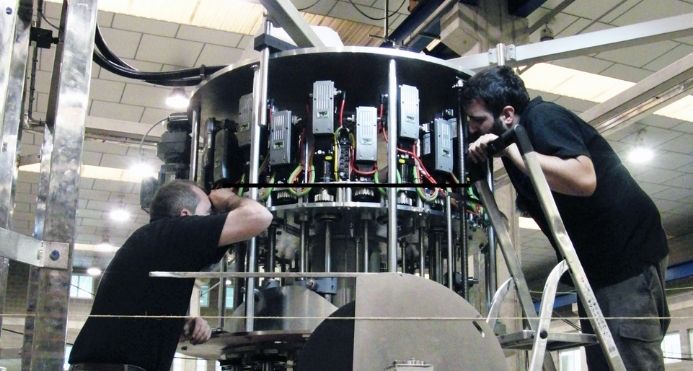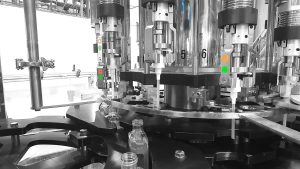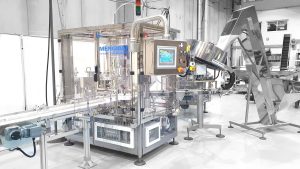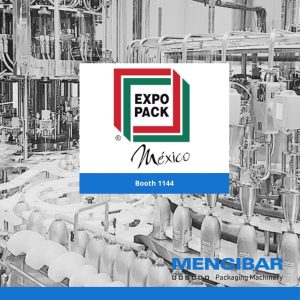When it comes to purchasing capping machinery, there are two options available in the market: refurbished and renewed capping machinery. Although these terms may seem similar, they refer to different processes and outcomes. In this article, we will discuss the difference between refurbished and renewed capping machinery, so you can make an informed decision when choosing the right equipment for your business.
Refurbished Capping Machinery
Refurbished capping machinery refers to equipment that has been previously used but has undergone a comprehensive process of inspection, testing, and repair to ensure that it meets or exceeds the manufacturer’s original specifications. It’s usually sold by third-party vendors who specialize in refurbishing equipment, who specialize in refurbishing equipment, rather than the original manufacturer.
During the refurbishing process, the capping machinery is disassembled, cleaned, and inspected for any defects or wear and tear. Parts that are damaged or not functioning properly are replaced, and the capping machinery is reassembled and tested to ensure that it is in good working condition.
Refurbished capping machinery may also be retrofitted with new components or features that were not part of the original design. This can be beneficial if you need specific features or upgrades to meet your production needs. Finally, it may be sold at a lower cost than new machinery, making it an attractive option for companies with budget constraints.
Renewed Capping Machinery
Renewed capping machinery is similar to refurbished machinery in that it has undergone a process of inspection, testing, and repair. However, renewed machinery is usually sold directly by the original manufacturer, rather than by a third-party vendor.
Renewed machinery is typically less expensive than new machinery but more expensive than refurbished machinery. Additionally, it may also come with a limited warranty or a certification of quality from the manufacturer.
The renewal process may include disassembly, cleaning, and inspection of the capping machinery. Any damaged or worn parts are replaced, and the machinery is reassembled and tested to ensure that it meets the manufacturer’s specifications. Moreover, it may also be upgraded with new features or components, but these upgrades are usually limited to what the manufacturer originally offered.
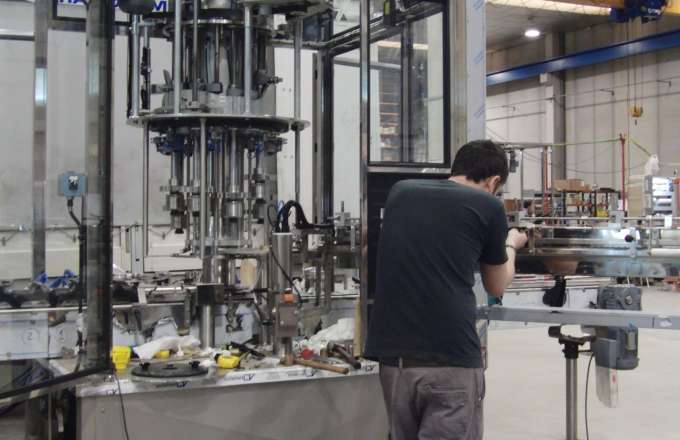
Differences Between Refurbished and Renewed Capping Machinery
The main difference between refurbished and renewed capping machinery is the source of the equipment. Refurbished machinery is sold by third-party vendors who specialize in refurbishing equipment, while renewed machinery is sold directly by the original manufacturer.
Refurbished machinery may be upgraded with new features or components that were not part of the original design, while renewed machinery is usually limited to the features and components that were available when the equipment was first manufactured. Moreover, renewed machinery may come with a limited warranty or certification of quality from the manufacturer, while refurbished machinery may not.
Which Option is Right for Your Business?
When it comes to choosing between refurbished and renewed capping machinery, there are several factors to consider. If your business is looking to save money and does not require the latest technology, then refurbished capping machinery may be a good option. However, if you are looking for high-quality equipment that is on par with new machinery in terms of performance and efficiency, then renewed capping machinery may be the better option.
It is essential to work with a reputable supplier when purchasing either refurbished or renewed capping machinery. A reliable supplier will provide you with detailed information about the equipment’s history, condition, and restoration process, so you can make an informed decision.
To align with this circular approach, we must move away from the concept of planned obsolescence in product design and instead strive for “planned permanence“. This approach involves designing products to be durable, long-lasting, and repairable, enabling them to remain useful for an extended period of time. By doing so, we can minimize waste, reduce consumption, and promote a sustainable economy.
In conclusion, while refurbished and renewed capping machinery may seem similar, they are two different options with unique benefits and considerations. Refurbished machinery is a more affordable option that involves the replacement of damaged or worn parts, while renewed machinery involves a more comprehensive restoration process, including modern technology and design upgrades. Finally, the right option for your business will depend on your specific needs and budget, as well as the quality and reputation of the supplier.
Mengibar offers a new service to its clients in line with the second option, the Renewed one, the Circular Buyback Program, designed to extend the life of the machines of the clients.
Mengibar takes the used Filling and Capping Machine of the hands of the client and turn it into cash. Mengibar’s Circular Buyback Program is designed to increase the number of times a filling and capping machine is used before being recycled or sent to the landfill.
Extending the life of products and keeping them in longer use can, not only reduce the number of new products that need to be manufactured, but also lower the amount that go into the landfill. Ensuring multiple use cycles of products can help companies decouple growth from profits.


